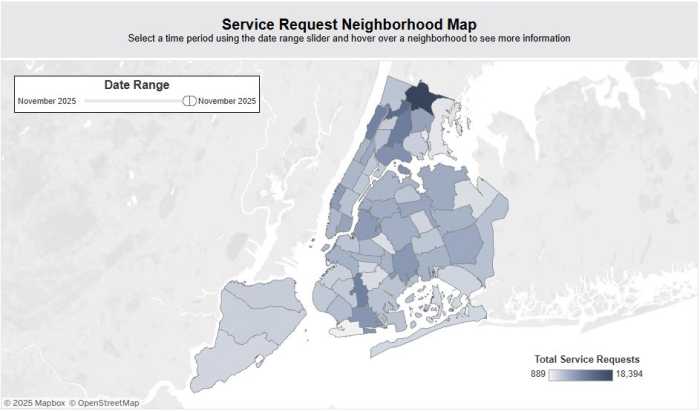By Patrick Donachie
Students in Queens’ northeastern schools suffer from a lack of adequate air conditioning, a problem they share with many students around the city, according to attendees and elected officials at a legislative breakfast for School District 26.
The breakfast, held last Friday at Marbella Restaurant in Bayside, brought together parents, principals and others invested in the city’s highest performing district for a morning of coffee and discussion on critical issues affecting the district’s schools.
“Not every district has rooms filled like this,” said Cathy Grodsky, the head of the district’s President’s Council. District 26 includes schools located in Bayside, Bay Terrace, Little Neck, Floral Park and other areas in northeastern Queens.
Chief among the issues discussed was the lack of air conditioning for students in the district. Councilman Brad Lander (D-Brooklyn) released a report earlier this month on the sobering statistics about AC availability for city students. Lander’s office found 1,178 schools without AC in the city, with 10,985 classrooms affected. More than 4,000 of those classrooms are located in Queens, the highest number of any of the five boroughs, meaning about four in 10 Queens classrooms lack air conditioning.
City Councilman Barry Grodenchik (D-Oakland Gardens) said during the breakfast that the older building stock of most northeastern Queens schools meant most of them did not have air conditioning, beyond the expansive Glen Oaks educational complex. He said it would cost about $110 million to install air conditioning in each city classroom.
“There doesn’t seem to be any rational policy,” he said. “I have special ed students in every school in my district. They don’t stop going to school in June.”
Councilman Paul Vallone (D-Bayside) said the lack of widespread air conditioning also made it difficult to make summer programs a widespread option for students in his district. He said the Department of Education would pack summer programs into the few schools with adequate AC, leaving schools lacking proper ventilation without such options.
“I can’t tell you how many summer programs I try to get into the schools,” he said. “The schools with air conditioning, they’re sitting on a gold mine.”
Lander’s report also found that the average number of warm days was steadily increasing. The report said there was an average of 239 degrees higher than 65 degrees throughout the month of June from 2000-2016, compared to 214.7 in the prior decade.
“When the thermometer rises into the 80s and 90, students become lethargic, dehydrated, and unable to focus,” Lander said about the report. “Students with asthma can’t even safely attend. How can we expect teachers to teach, or students to learn? We must do better for our kids.”
Reach reporter Patrick Donachie by e-mail at pdona





































